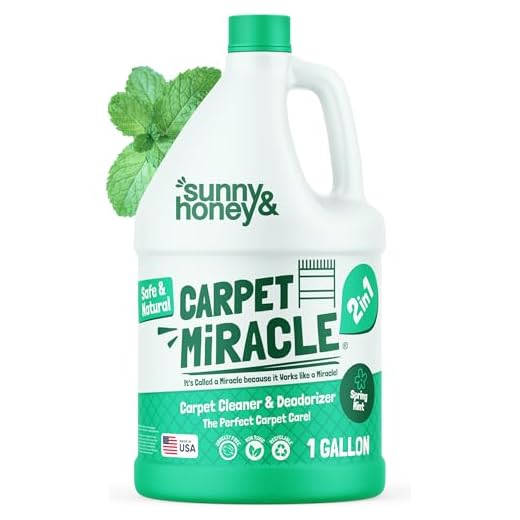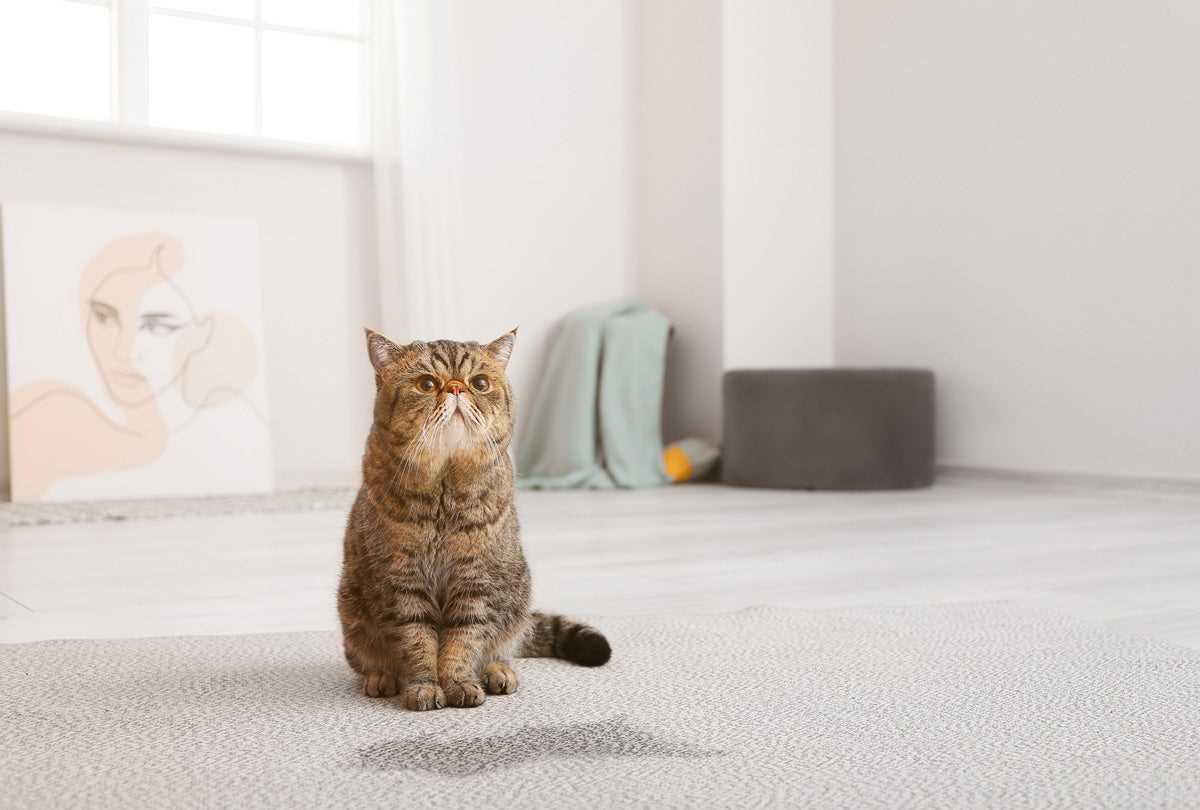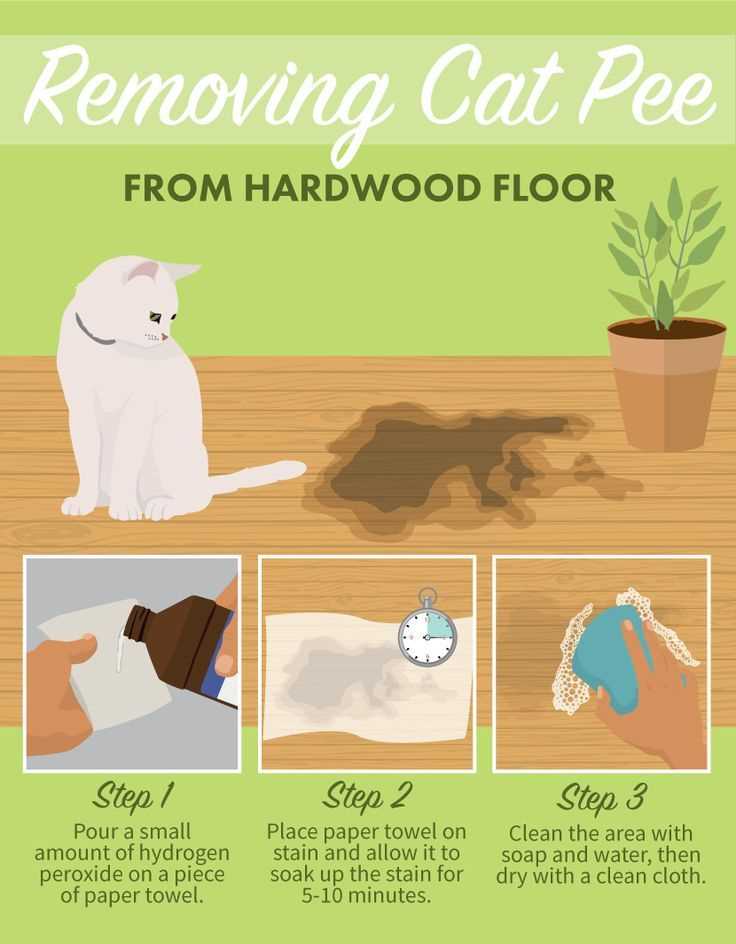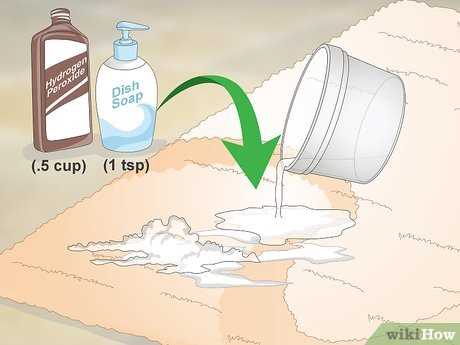

Use an enzymatic cleaner specifically designed for organic stains. These products break down the compounds causing the unpleasant odor, ensuring a deeper clean. Apply the solution generously to the affected area, following the manufacturer’s instructions for best results.
After applying the cleaner, allow it to sit for at least 10-15 minutes. This waiting period is crucial for the enzymes to activate and neutralize the offensive particles. Blot the area with a clean cloth or paper towel, absorbing as much moisture as possible.
To further combat lingering odors, sprinkle baking soda over the area once it is dry. Baking soda is a natural deodorizer that can absorb remaining scents. Leave it on for several hours, or preferably overnight, before vacuuming it up.
For persistent issues, consider repeating the cleaning process or consulting a professional cleaning service experienced in tackling tough stains. Regular maintenance and prompt attention to accidents can help maintain a fresh environment.
Eliminating Odor from Flooring
Vinegar works wonders. Mix equal parts of white vinegar and water in a spray bottle. Apply it generously over the affected area, then blot with a clean cloth. The acidity neutralizes the scent.
Baking Soda Magic
After the vinegar solution dries, sprinkle baking soda over the spot. Allow it to sit for several hours or overnight. This natural deodorizer absorbs lingering odors effectively. Vacuum up the baking soda afterward.
Enzymatic Cleaners
Consider using enzyme-based cleaners specifically designed for organic stains. These break down the compounds causing the unpleasant odor. Follow the instructions on the label for the best results.
Identify the Source of the Odor

Finding the exact location of the unpleasant scent is critical. Start by inspecting the areas where I often lounge or play. Look for any visible stains or discolored patches on the fabric.
Tools for Detection
- Blacklight: Use a blacklight in a dark room. The glowing spots indicate the affected areas.
- Paper Towel Test: Blot suspected spots with a damp paper towel. If it turns yellow, there might be an issue.
- Smell Test: Get close and sniff the area. This can help pinpoint the strongest areas.
Common Hiding Places
- Under furniture: Check beneath couches and tables where I might have hidden.
- Near litter box: Accidents often occur close to my toilet area.
- In corners or edges of the room: These spots can be overlooked but are common areas for leaks.
Once the source is identified, the next steps can be taken to eliminate the issue effectively. Always ensure the area is thoroughly cleaned to prevent recurrence.
Choose the Right Cleaning Solution
For effective odor elimination, opt for enzymatic cleaners. These specially formulated products break down organic compounds, neutralizing unpleasant scents at their source. Look for labels indicating they target ammonia and proteins, as these are common components in feline waste.
Consider the following options:
- Enzymatic cleaners: Brands like Nature’s Miracle or Simple Solution work wonders.
- Baking soda: An excellent natural deodorizer that absorbs odors effectively.
- Vinegar solution: Mix equal parts of water and white vinegar; it helps to neutralize the scent.
Avoid using harsh chemicals or bleach, as they may not only fail to solve the problem but can also damage the fibers of the flooring. Also, never mix different cleaning solutions, as this may create toxic fumes.
For a thorough clean, consider using a carpet cleaner with the ability to rinse and extract moisture. This ensures that all residues are removed, preventing future odors. If you’re also interested in keeping your pet safe while enjoying outdoor adventures, check out the best life jacket for cats.
Finally, if you’re considering using powder TSP, ensure it’s compatible with your cleaning machine by checking the specifications. More details can be found here.
Prepare the Carpet for Cleaning
Before tackling the issue, it’s crucial to prep the area properly. First, remove any furniture or items that might obstruct access to the affected region. This ensures a thorough cleaning without interruptions.
Next, use a clean cloth or paper towel to blot up any excess liquid. Gently press down, allowing the material to absorb as much as possible without rubbing, which could spread the stain.
Once the area is blotted, rinse it lightly with cold water to dilute the remaining substances. Avoid soaking the spot; just a light mist will do. Use a clean towel to blot again, removing moisture.
Vacuum the section afterward to lift the fibers and prepare them for the cleaning solution. This step is vital as it helps the cleaning agent penetrate deeply.
| Step | Action |
|---|---|
| 1 | Remove furniture and items |
| 2 | Blot excess liquid |
| 3 | Rinse with cold water |
| 4 | Blot again with a clean towel |
| 5 | Vacuum the area |
Completing these steps creates an optimal environment for applying your chosen cleaning solution. It increases the chances of success in eliminating unwanted odors.
Apply the Cleaning Solution Properly
First, generously apply the chosen cleaning mixture directly onto the affected area. Make sure to cover the entire stain and surrounding fibers to eliminate any lingering traces.
Use a clean cloth or sponge to gently blot the area, absorbing as much of the liquid as possible. Avoid rubbing, as this can push the solution deeper into the fibers.
Let the cleaning agent sit for at least 10 to 15 minutes. This allows it to penetrate the fibers and neutralize the unwanted odor effectively.
After the waiting period, blot the area again with a dry cloth to remove excess moisture. Rinse the cloth with clean water and repeat the blotting process to ensure all residues are lifted.
Finally, allow the area to air dry completely. For faster results, I recommend placing a fan nearby to help with airflow. This step is crucial for preventing any remaining scents from returning.
Neutralize Remaining Odor with Natural Remedies
Combine equal parts white vinegar and water in a spray bottle. Lightly mist the affected area, ensuring it soaks in. The acidity of vinegar neutralizes lingering scents effectively. Allow it to air dry for the best results.
Baking soda is another powerful ally. Sprinkle a generous amount over the damp area after treating it with vinegar. Let it sit for several hours, preferably overnight. This will absorb any residual odors. Vacuum the area thoroughly afterward.
For a pleasant aroma, mix a few drops of essential oil, like lavender or tea tree, with water in a spray bottle. Lightly apply this blend to the area once it’s dry. This will not only mask any remaining odors but also provide a fresh scent.
If stubborn odors persist, consider using hydrogen peroxide. Mix a solution of one part hydrogen peroxide to two parts water and apply it carefully. Test a small, inconspicuous area first to ensure it won’t discolor your flooring.
Lastly, activated charcoal is excellent for absorbing unwanted scents. Place bowls of it around the treated space and leave them for a few days for maximum effect.
Use a Carpet Cleaner for Deep Treatment
Investing in a quality carpet cleaner is a smart move for thorough elimination of persistent odors. Select a machine designed for deep cleaning, preferably one that offers steam cleaning capabilities. The heat effectively breaks down and removes deeply embedded particles.
Choosing the Right Model
Look for a carpet cleaner with strong suction power and a rotating brush feature. These attributes help lift stains and odors from the fibers. Brands that specifically mention pet treatments usually have specialized solutions that target unwanted scents.
Cleaning Process
Before using the cleaner, ensure you vacuum the area to remove loose debris. Fill the machine with a suitable cleaning solution, following the manufacturer’s instructions. Slowly move the cleaner over the affected area, allowing it to work its magic. After cleaning, let the carpet dry completely to prevent mold growth.
Regular maintenance with a carpet cleaner not only removes lingering odors but also keeps the fibers looking fresh and new. This proactive approach ensures a pleasant environment for both you and your humans.
Prevent Future Accidents on the Carpet
To avoid mishaps on the flooring, regular litter box maintenance is key. Ensure the box is clean and odor-free, as an unkempt environment can lead to avoidance of the box.
Provide Alternatives

Make sure to offer multiple litter boxes throughout the house. Having one more box than the number of felines ensures that everyone has access, reducing the chances of accidents.
Environmental Adjustments

Consider the placement of food and water dishes. Keeping them away from the litter area can help reduce stress. Additionally, create a comfortable and safe space for me to relax, as anxiety can lead to unwanted behaviors.
Regular veterinary check-ups are essential. Health issues may cause changes in bathroom habits, so staying on top of my health ensures peace of mind for both of us.
Finally, reward positive behavior with treats or praise. Encouraging the use of the designated area reinforces good habits and strengthens our bond.







